
Jewelry has fascinated humanity for centuries, serving as a symbol of beauty, wealth, and power throughout various cultures. The evolution of jewelry is a testament to human ingenuity and artistic expression, illustrating not only technological advancement but also cultural and societal changes.
Ancient Beginnings
The love for adornments began thousands of years ago. Archaeological evidence suggests that humans have been crafting jewelry since prehistoric times. Some of the earliest forms of jewelry were made from natural materials like bones, shells, and stones. These primitive ornaments were likely used not only for decoration but also as amulets to ward off evil spirits.
During the ancient Egyptian period, elaborate jewelry was made using gold, silver, and precious stones. The Egyptians believed in the protective power of jewels and incorporated symbolism heavily into their designs. Each piece often held religious or cultural significance, with motifs depicting gods and sacred animals.
Classical Influence
The influence of ancient Greece and Rome further refined the artistry of jewelry-making. The classical periods saw an influx of new techniques, including granulation and filigree. Gold continued to be a material of choice due to its malleability and luster. Greek and Roman jewelry featured intricate designs, often inspired by nature, myths, and daily life.
In addition to personal adornment, jewelry in classical times played a central role in ceremonies and was a form of currency and trade.
Medieval and Renaissance Eras
In the Middle Ages, jewelry continued its evolution, intertwined with fashion and status. During this period, gemstones became more popular, favored for their believed mystical properties. The development of new cutting techniques allowed for the enhanced brilliance of gems.
The Renaissance era marked a renewed interest in art and culture, which extended to jewelry design. Jewelers during the Renaissance were influenced by the flourishing of arts, resulting in highly detailed and artistic pieces. Wealthy patrons commissioned elaborate pieces as symbols of their prestige and power.
Modern Innovations and Designs
The industrial revolution and modern technological advancements have greatly influenced the jewelry industry. Innovations in metallurgy and gem cutting have allowed for more precise and intricate designs. The introduction of new materials, such as platinum and titanium, also expanded the possibilities of jewelry creation.
In the 20th century, jewelry styles became diverse, influenced by various artistic movements such as Art Nouveau and Art Deco. Today, jewelry continues to evolve, reflecting contemporary tastes and sustainability trends, with many designers focusing on ethical sourcing and eco-friendly materials.
Conclusion
From the ancient beginnings to modern innovations, jewelry has remained a fundamental aspect of human culture. Its continued evolution shows the dynamic interplay between art, fashion, and societal values. As technology advances, the future of jewelry promises even more exciting transformations.
Jewelry has fascinated humanity for centuries, serving as a symbol of beauty, wealth, and power throughout various cultures. The industrial revolution and modern technological advancements have greatly influenced the jewelry industry. 
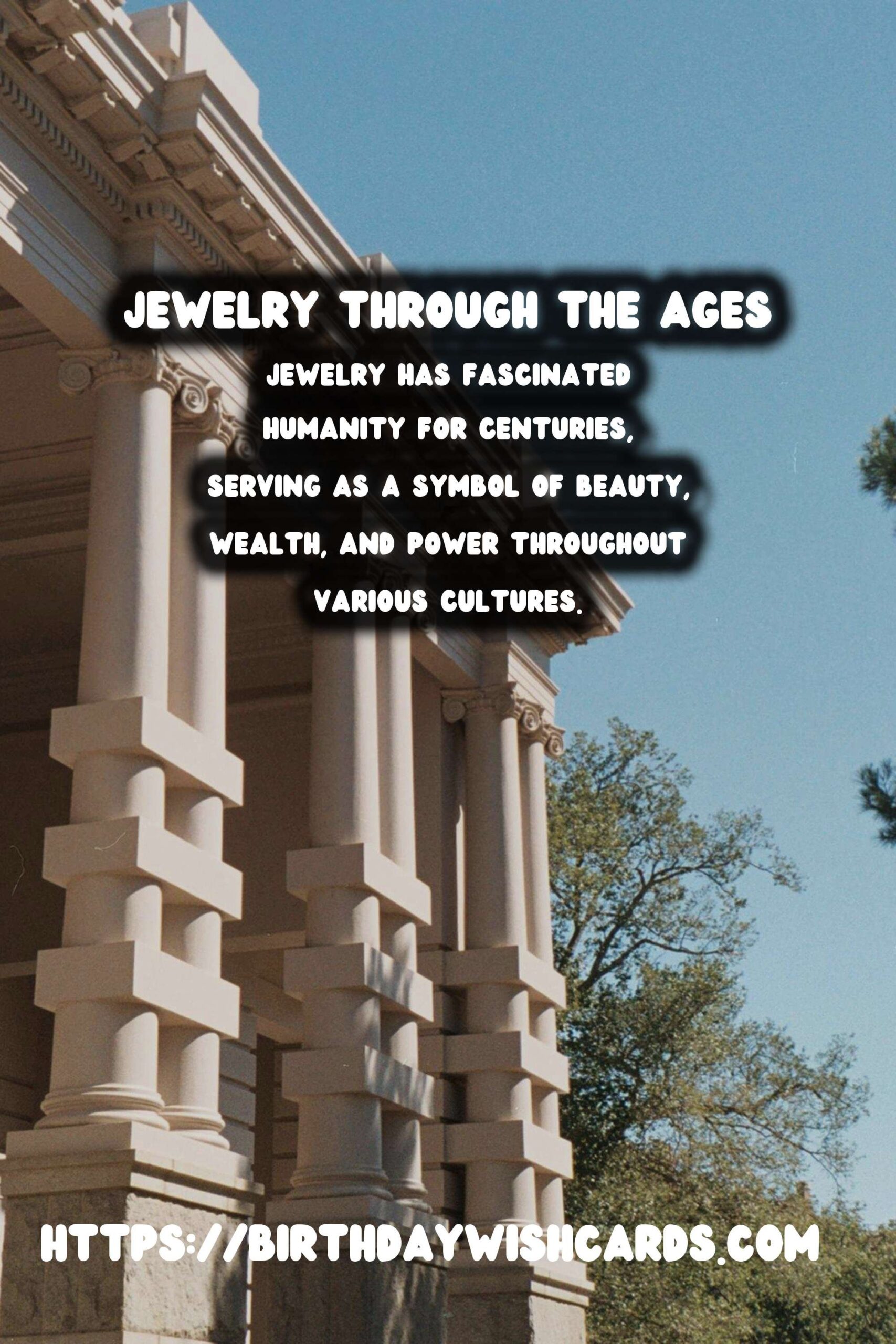
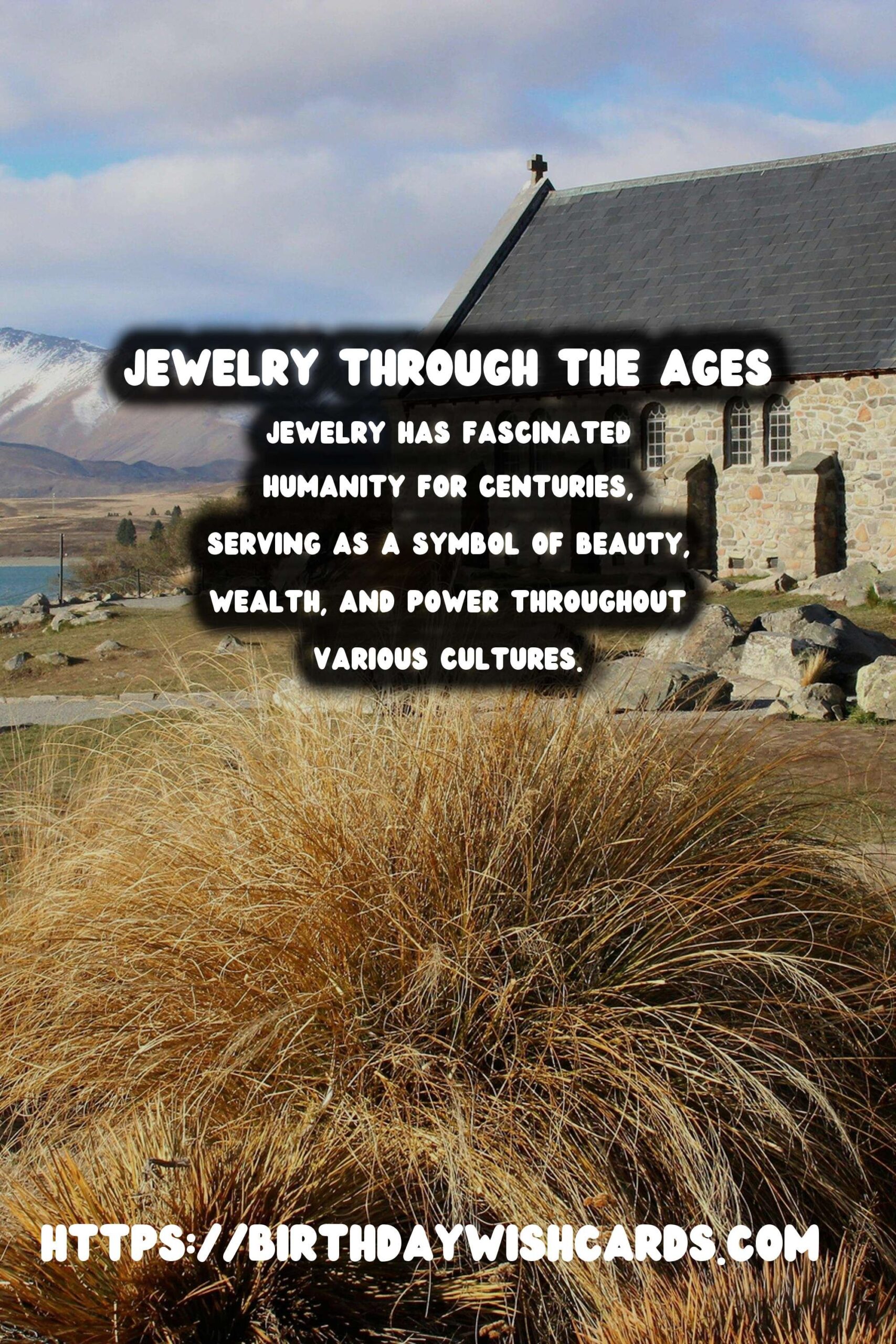
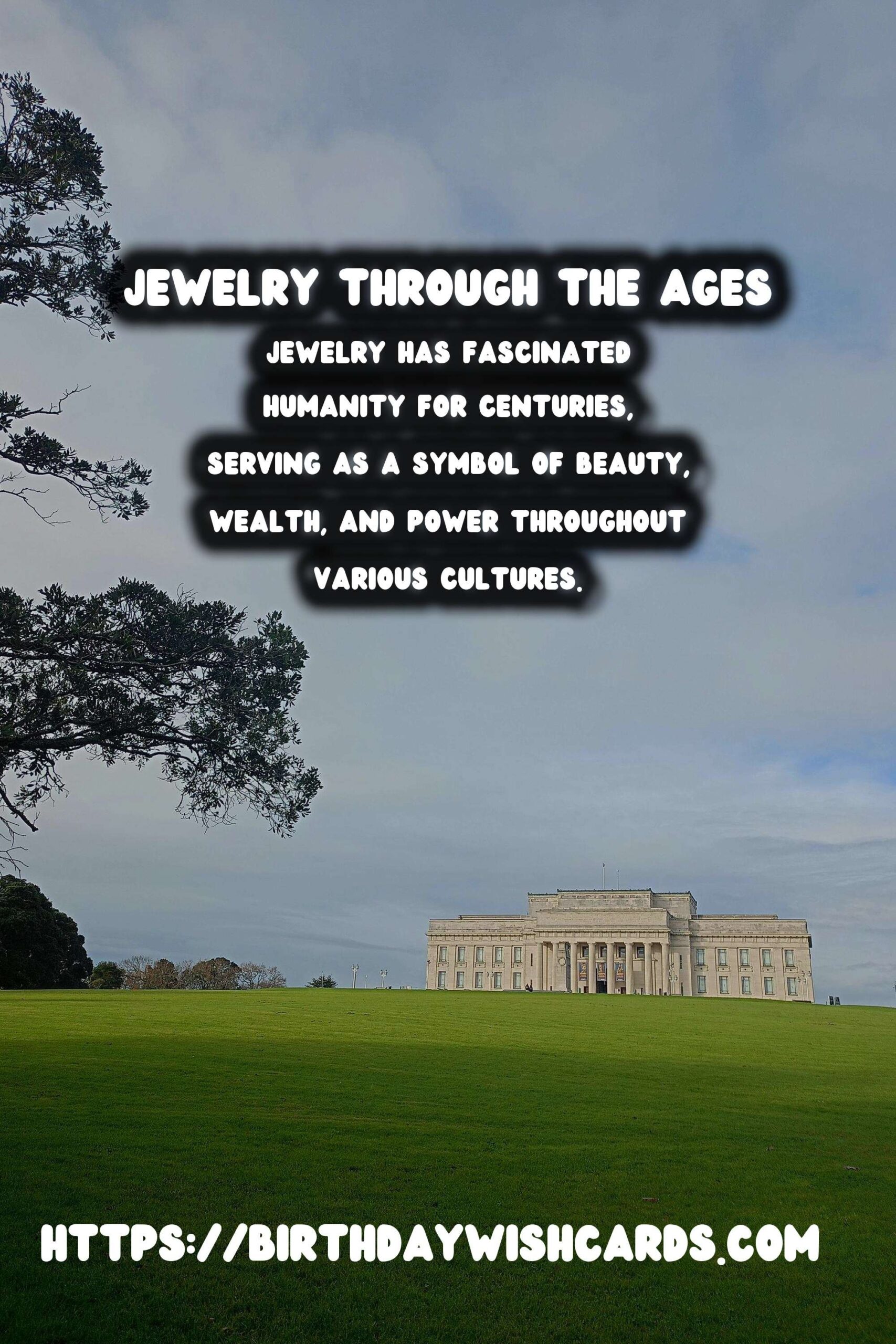
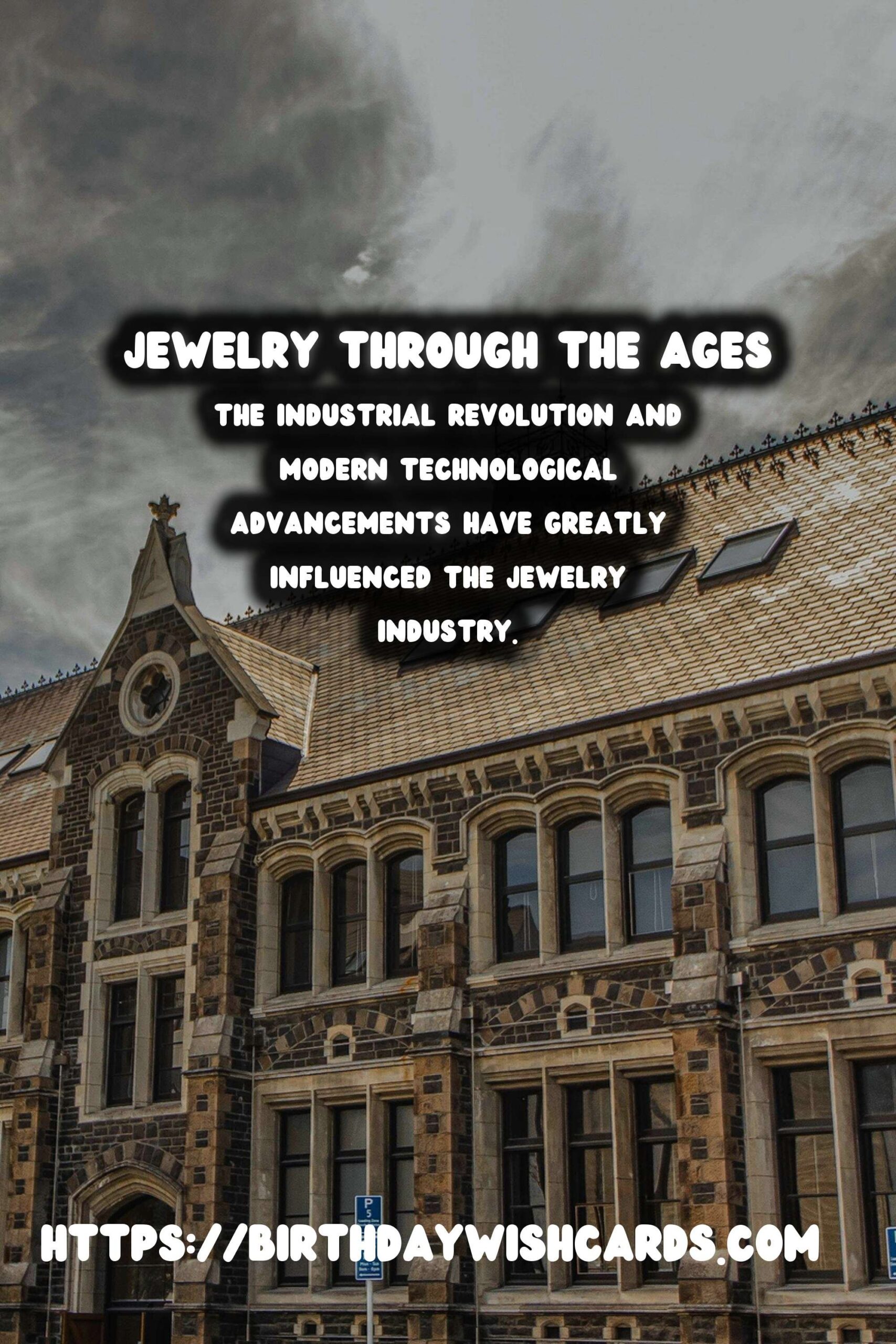
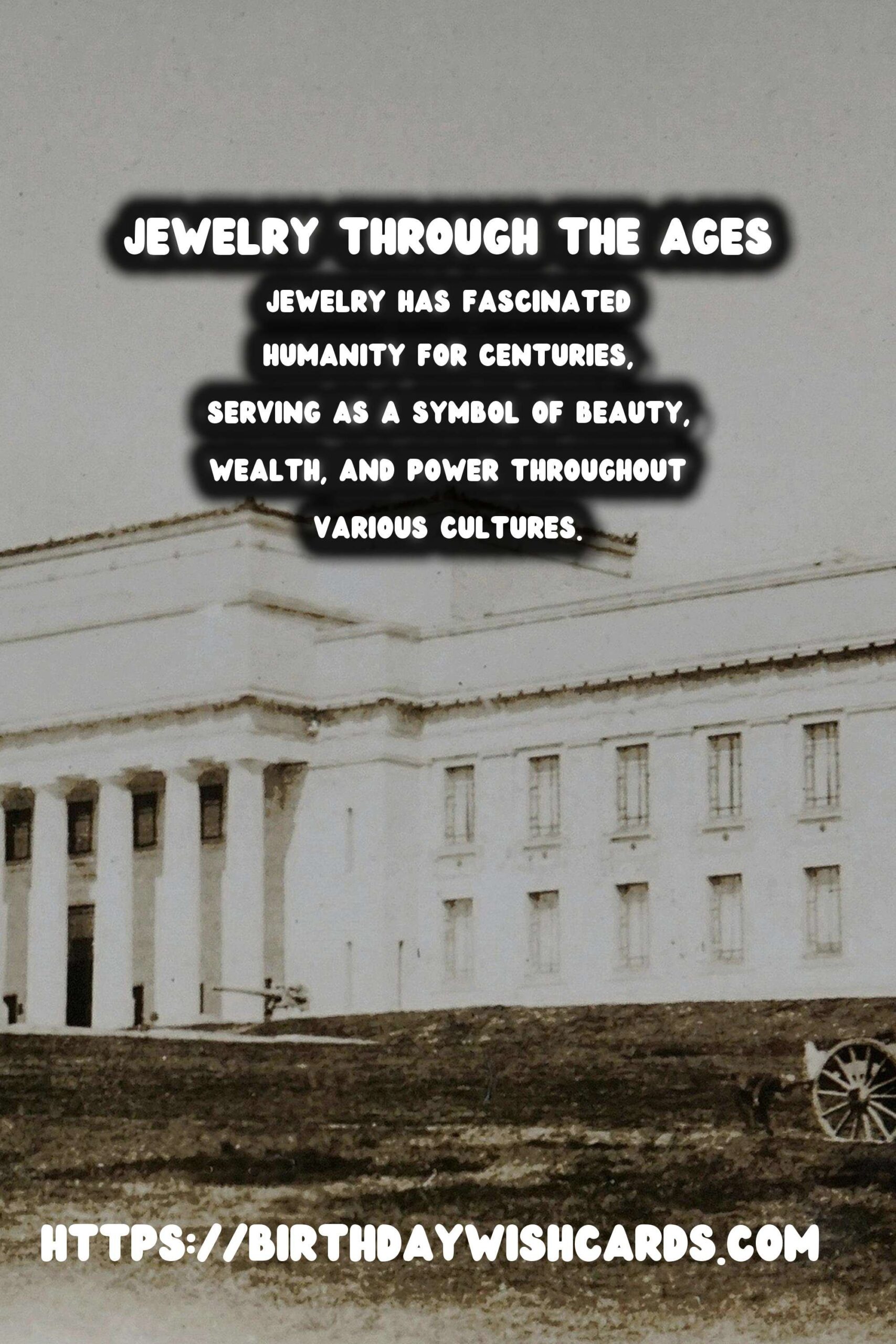
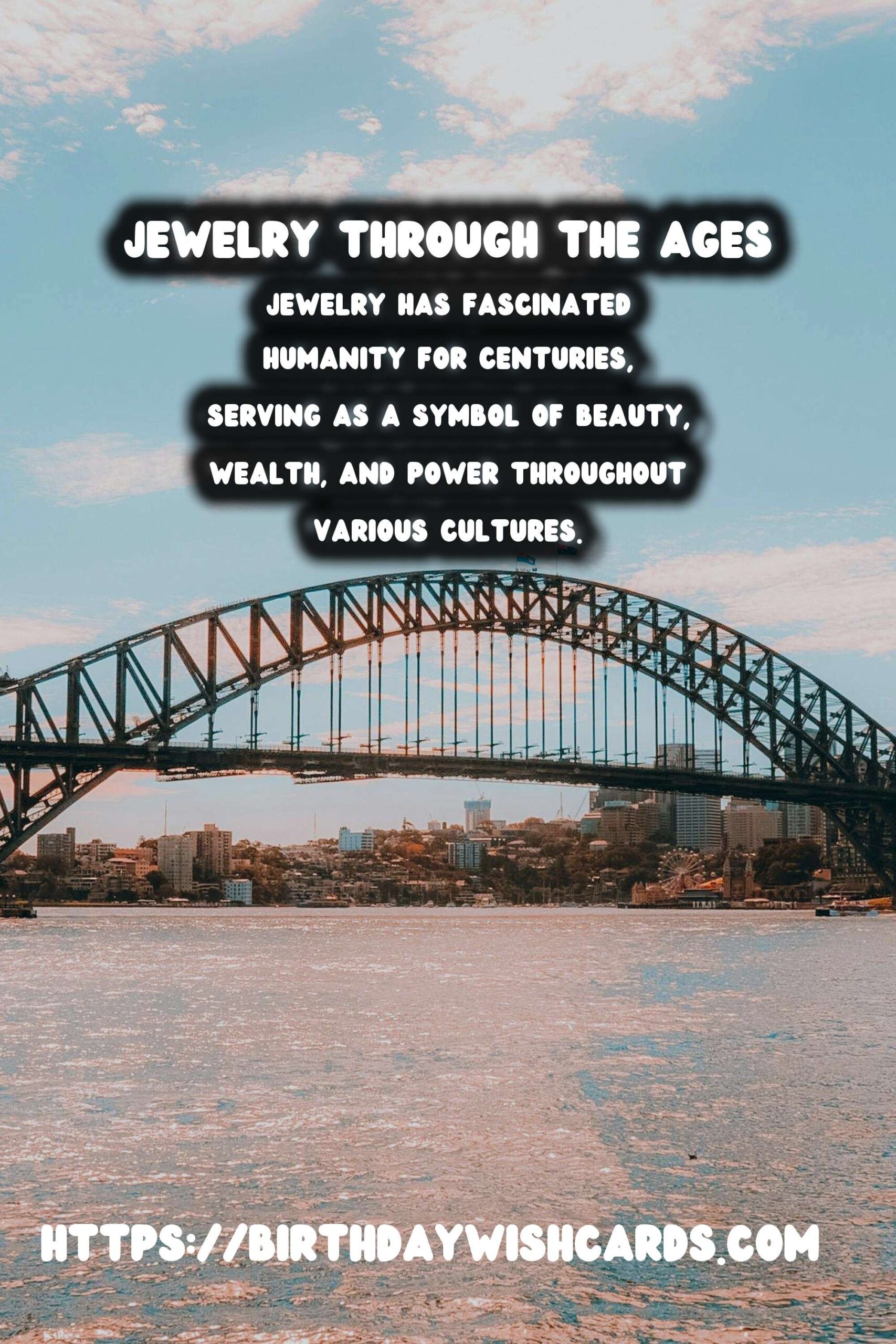

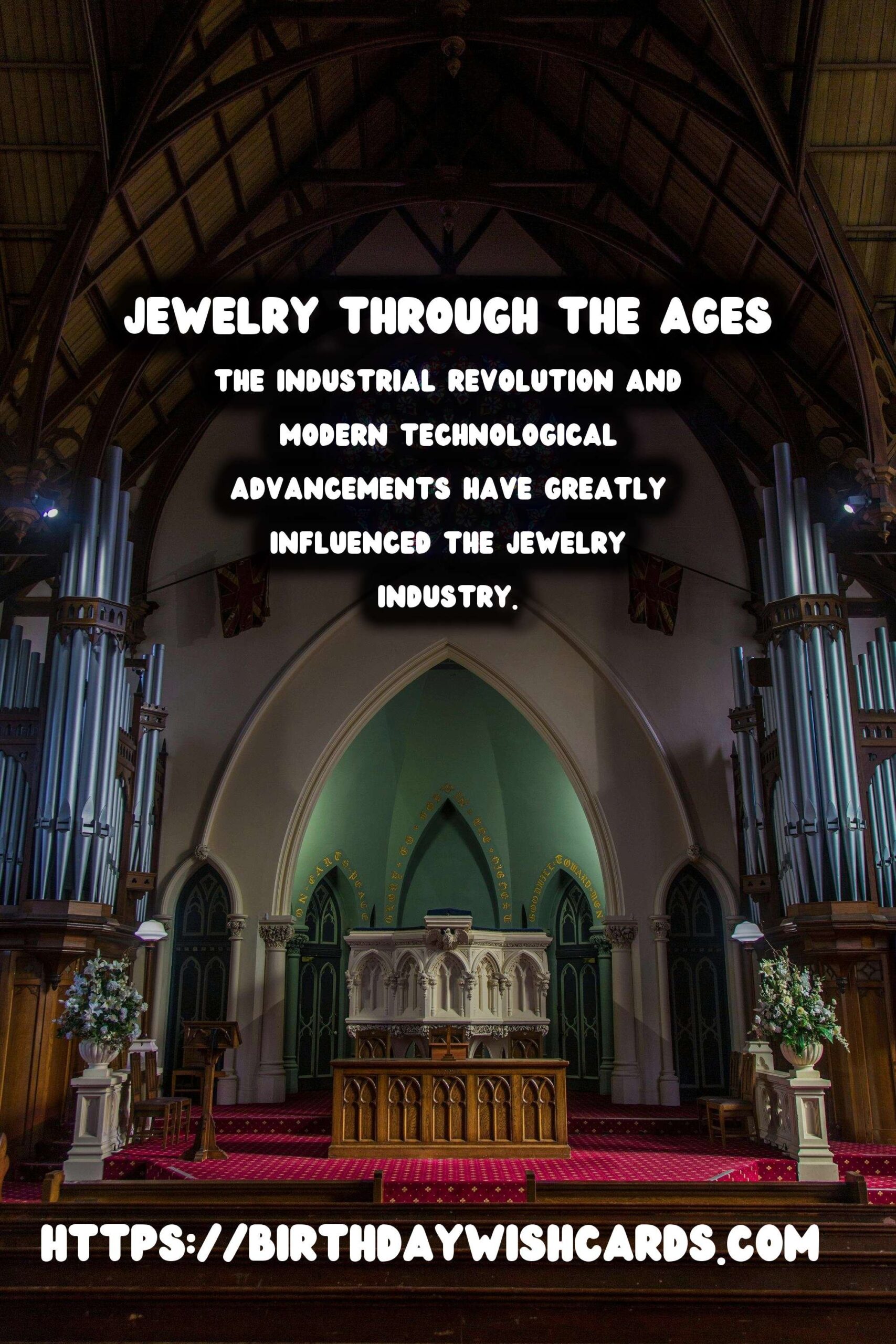
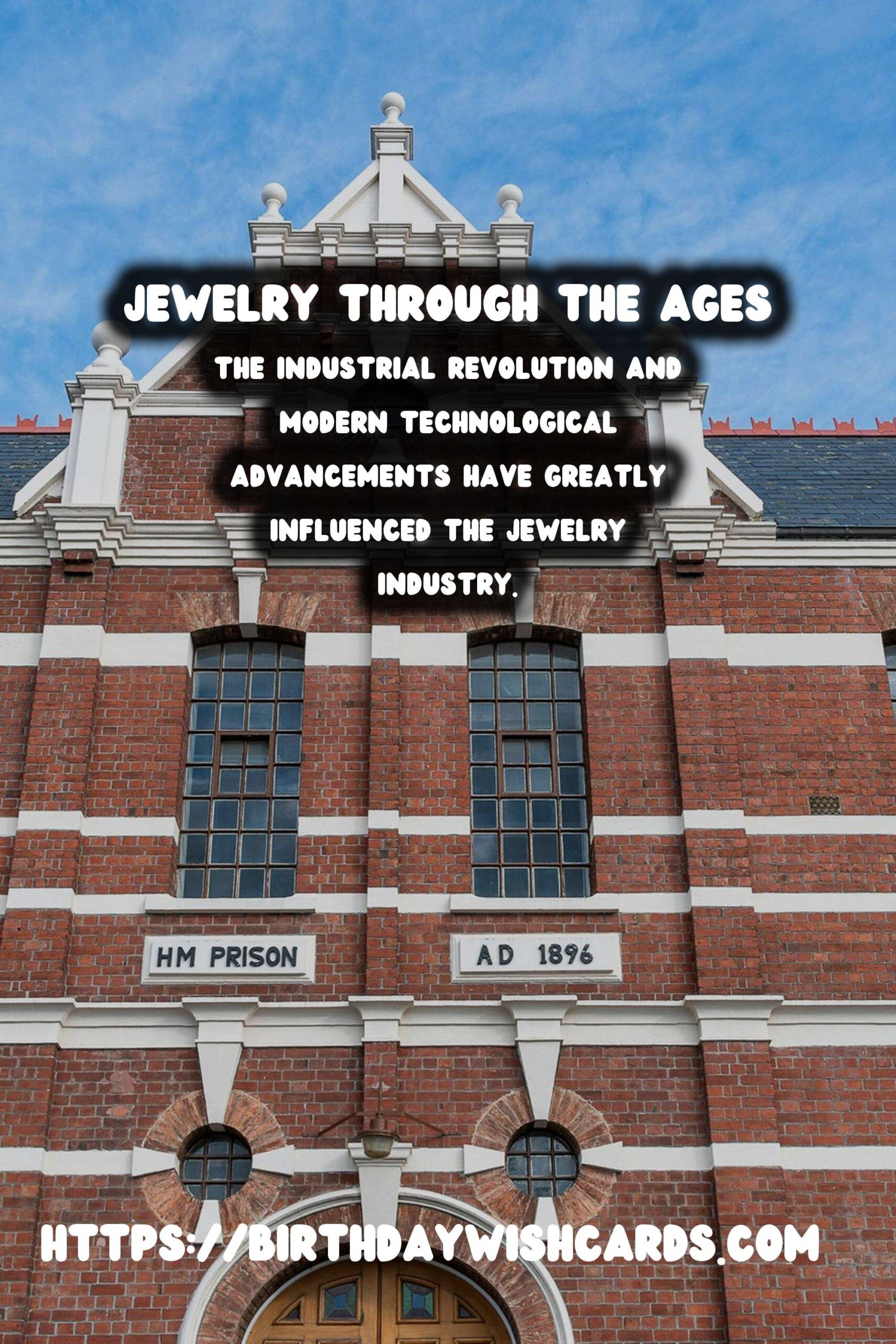
#jewelry #history



